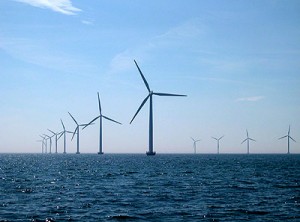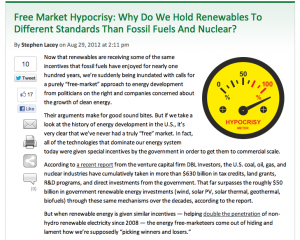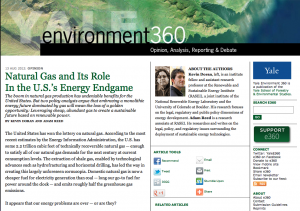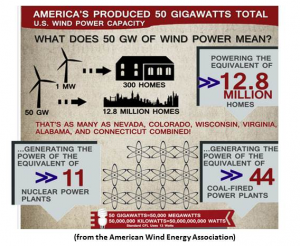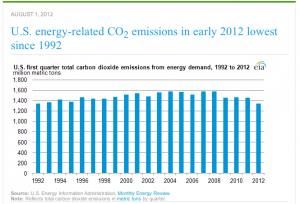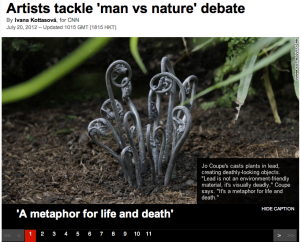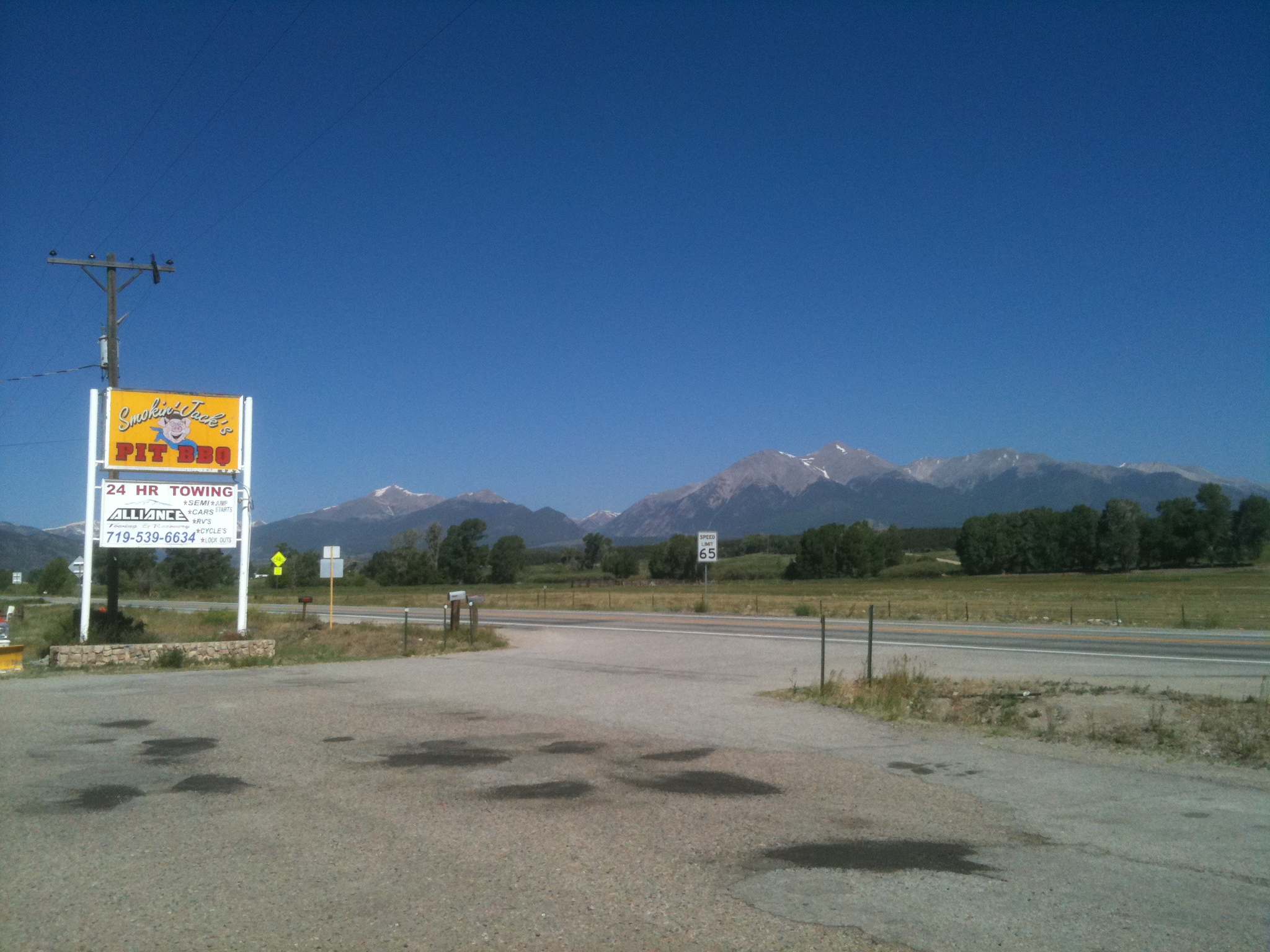Recently, there has been much coverage of Apple’s 25 year PPA (power purchase agreement) with First Solar. This agreement provides additional funding for First Solar’s new 280MW California Flats Solar Project in Monterey County, California, and will provide the tech giant with access to the output from 130 of the 280MW.
It is a large, important agreement–it is the largest commercial agreement of its kind in U.S. history. But the way it was covered in the news provides an opportunity to describe some current problems reporting on renewable energy (and reporting more generally as well).
Many reports of the PPA used First Solar’s press release as a primary source. As you may have noticed, the press release says that “Apple will receive electricity from 130 megawatts (MW)AC of the solar project”, which is an accurate statement and alludes–though rather inconspicuously–to a difference between total capacity, generation, and delivery.
What is the difference? Well, “capacity” refers to the maximum output a generation source can produce under ideal conditions. That is, a 280MW project will produce 280MW 100% of the time at peak capacity. But this doesn’t ever happen. For any source. Coal and hydro included (though nuclear can be relatively close). Different sources, as you might imagine, have different capacity “factors”. These differences represent differing generative output. Generation, of course, refers to what is actually generated by a given source during a specified amount of time, and delivery refers to the electricity end-use customers have access to. Delivery, for example, will take line losses (losses in transmitting the electricity from source to end-user) into account.
So, capacity > generation > delivery.
Back to the issue at hand. The 130MW alluded to in First Solar’s press release refers to capacity. Projects are typically referred to based on their maximum capacity, so again, the press report is accurate. The problem emerges when reporters (eg James West at Mother Jones and Tom Randall at Bloomberg Business) take this 130MW as generation and not capacity. This can be seen in quotes from these stories such as “Apple will receive 130 megawatts from the project”. See the difference?
These two are certainly not the only offenders–this trend is quite common in reporting renewable energy news (as I have discovered in my research), but seems to me to be a significant problem because, using EIA’s capacity numbers (http://www.eia.gov/electricity/monthly/epm_table_grapher.cfm?t=epmt_6_07_b), solar, at best comes in at around 33% (in August). That is: on average, these panels will produce at about 1/3 their maximum capacity in August. The real problem here isn’t this semantic difference (not including the “electricity from” in the stories) itself between the press release and the stories–because really, do people know the difference between 130MW and 43MW (130 x .33)?
The real problems seem to me to be that reporters are simply recycling information from press releases without doing the work to check the facts, but also seemingly don’t have the background knowledge to understand the misstatement regarding the 130MW capacity versus generation versus delivery. There are a number of reasons why these problems exist, which mostly have to do with the decrease in specialist reporters and the increased speed of news (themselves rooted in decreasing news budgets and the dominance of internet news).
If people don’t understand the problem described above (capacity v. generation), then why do these problems matter in terms of renewable energy? Well, the articles also cite the fact that the electricity provided by the project is enough to supply 60,000 average Californian homes (according to Tim Cook). This is a scale designed to be comprehensible to the public, so perhaps it’d be a good idea to do the math.
1. Given 88,880,000 MWh consumed in CA in 2013 (from EIA), and 12,542,460 households (from US Census), average household consumption =7.08 MWh/household in 2013.
2. (24 x 365; number of hours in a year) = 8,760 x 130MW x .331 (August’s capacity factor) = 376,942 MWh produced.
3. 376,942 / 7.08 = 53,240 homes
So, really, 53,240 is not all that different from 60,000. Perhaps its a mistake that can be forgiven (but this also doesn’t include line losses)…
But, what happens when we use an averaged capacity factor for the year instead of simply using the highest for the year?
(8,760 x 130MW x .2945 (average CF of the 4 months EIA data spans))/7.08 = 47,370 homes.
12,630 homes is a big difference.
Another question: What would the capacity factor have to be to match up with Tim Cook’s numbers? Using some algebra, we find that we would need a capacity factor of about .36 to deliver that much electricity, but that would have to be even higher if we were to account for line losses.
It is quite possible that given the location and conditions at the site, and the particular solar technology being used that this capacity factor is realistic and accurate. The problem is that this information is not present in the press release and reporters are simply taking Apple and First Solar’s word for it. But because both of these companies have an interest in making the project look bigger than it is, reporters need to be a little more vigilant in unpacking the content of press releases and making sure they are not simply passing along purposeful misrepresentations about renewable energy technologies.

